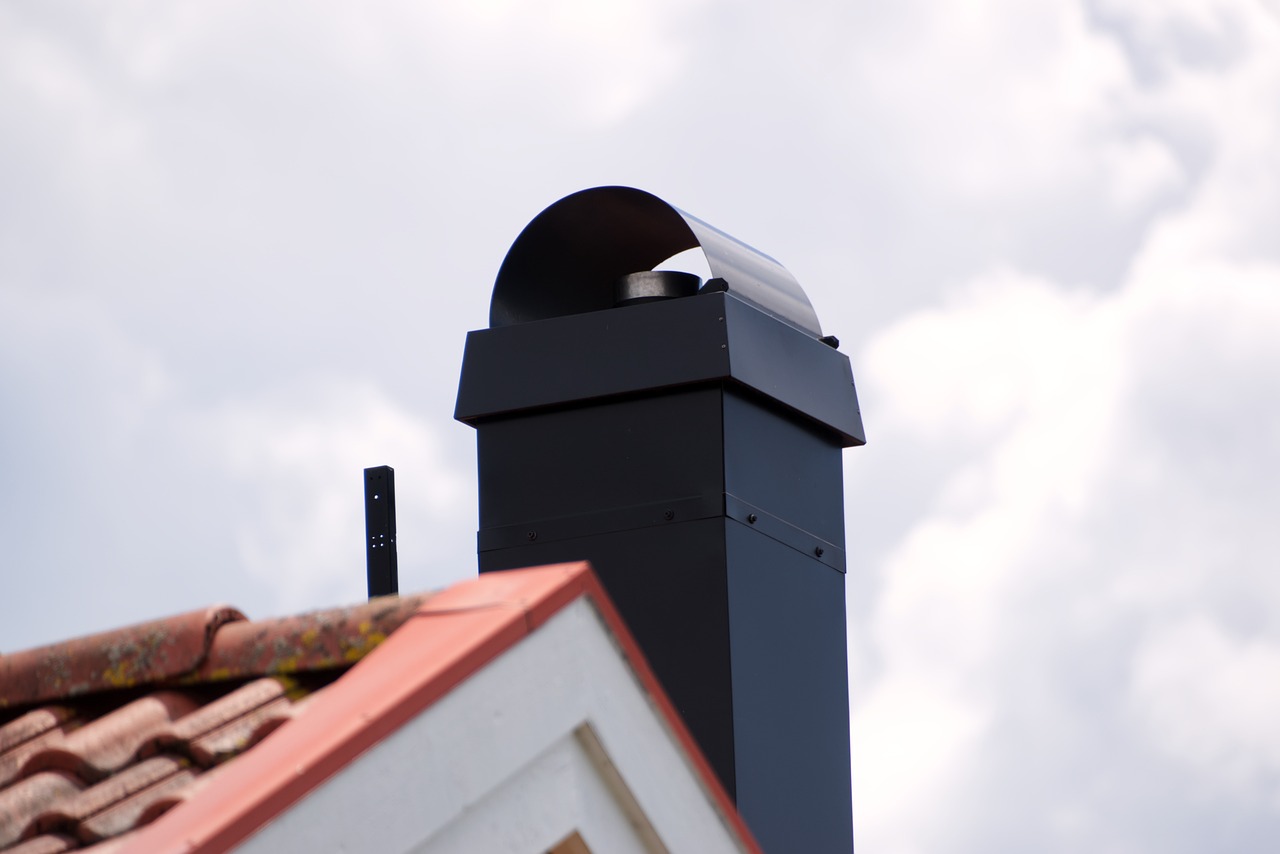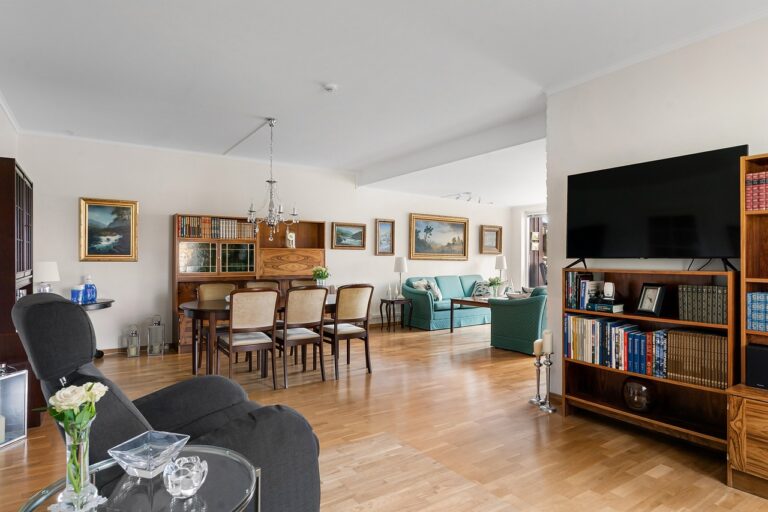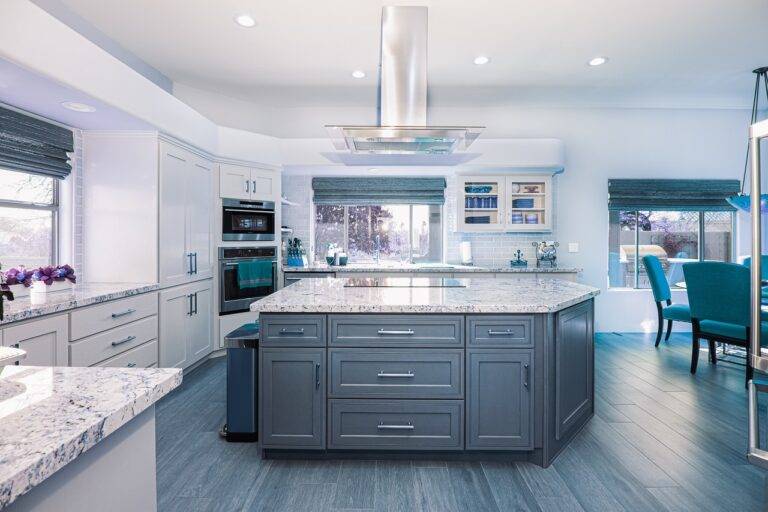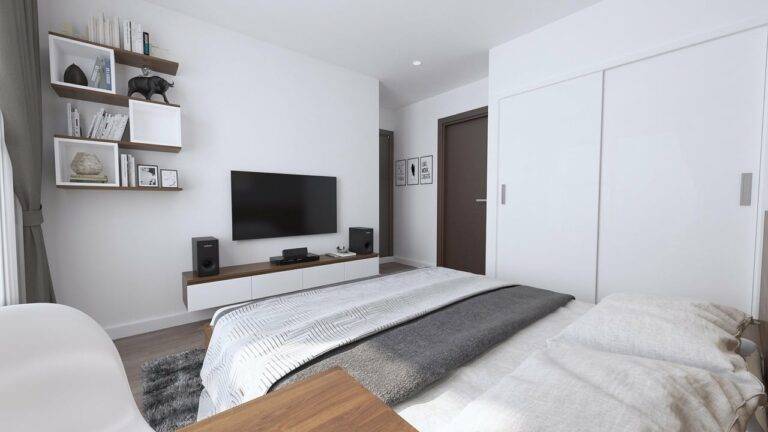Incorporating Smart Blinds for Automated Light and Temperature Control
Smart blinds have revolutionized the way homeowners interact with their living spaces. Offering a seamless integration of technology and convenience, these innovative window treatments are reshaping the concept of home automation. By allowing users to control light and privacy with just a touch of a button or a simple voice command, smart blinds provide unparalleled ease and efficiency in managing one’s environment.
The integration of smart blinds into a home automation system brings a host of benefits to its users. From increased energy efficiency through automated light and temperature control to enhanced security by creating the illusion of occupancy when away, these intelligent window coverings offer a wide range of practical advantages. Additionally, the ability to schedule blinds to open or close at specific times can contribute to better sleep quality and overall well-being by regulating natural light exposure.
How Smart Blinds Work
Smart blinds operate through a network of sensors and technology that allow them to be controlled remotely. These sensors can detect changes in light, temperature, and even time of day to adjust the blinds accordingly. Users can program specific settings or rely on the blinds’ automated features to optimize energy efficiency and create the desired ambiance in a room.
Through a centralized hub or smartphone app, homeowners can easily adjust the position of the blinds to let in more or less light, provide privacy, or even schedule specific opening and closing times. Smart blinds can be integrated with other smart home devices, allowing for seamless automation and customization of the overall home environment.
• Smart blinds operate through a network of sensors and technology
• Sensors detect changes in light, temperature, and time of day
• Users can program specific settings or rely on automated features
• Centralized hub or smartphone app allows for easy adjustment of blinds
• Integration with other smart home devices for seamless automation
Benefits of Using Smart Blinds
As homeowners continue to embrace smart home technology, the adoption of smart blinds is becoming increasingly popular. The benefits of using smart blinds extend beyond just convenience, offering a range of advantages that enhance the overall functionality and comfort of a living space.
One key advantage of smart blinds is their ability to regulate natural light and temperature within a room. By automatically adjusting throughout the day, smart blinds can help reduce energy consumption by maximizing natural light for illumination and heat, thus lowering utility costs. Additionally, this feature also provides UV protection for furniture and floors, preserving them from sun damage over time.
What makes smart blinds different from traditional window coverings?
Smart blinds can be controlled remotely through a smartphone or a voice assistant, offering convenience and automation that traditional blinds lack.
How do smart blinds contribute to energy efficiency in a home?
Smart blinds can be programmed to open and close based on the time of day, helping to regulate the amount of sunlight entering a room and reducing the need for heating or cooling.
Are smart blinds easy to install and use?
Yes, smart blinds are typically easy to install and can be operated through an app on your phone, making them user-friendly.
Can smart blinds be integrated with existing smart home systems?
Yes, many smart blinds are compatible with popular smart home systems like Alexa, Google Home, and Apple HomeKit, allowing for seamless integration.
Are there any security benefits to using smart blinds?
Smart blinds can be programmed to open and close at random times when you are away from home, giving the appearance that someone is there and potentially deterring burglars.







